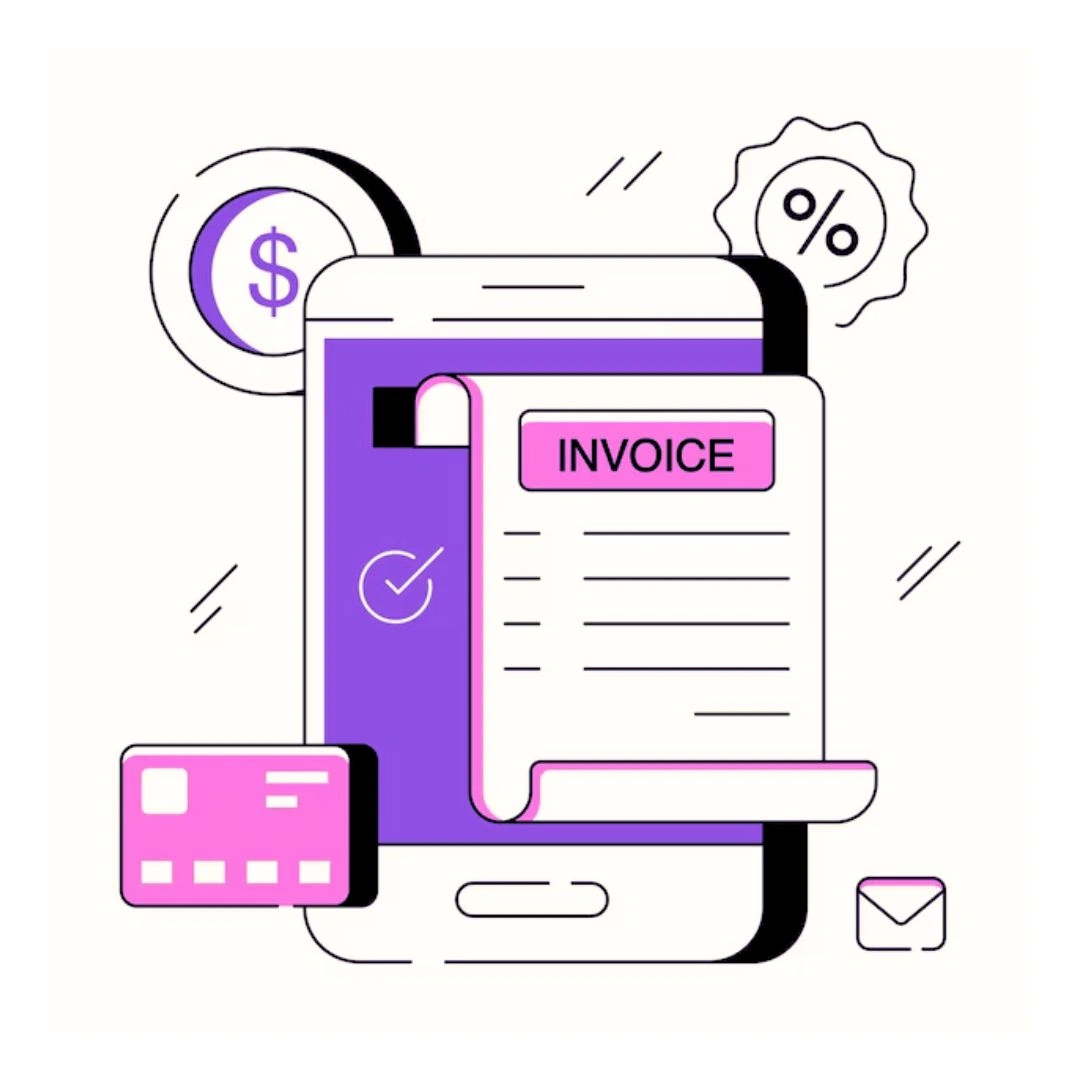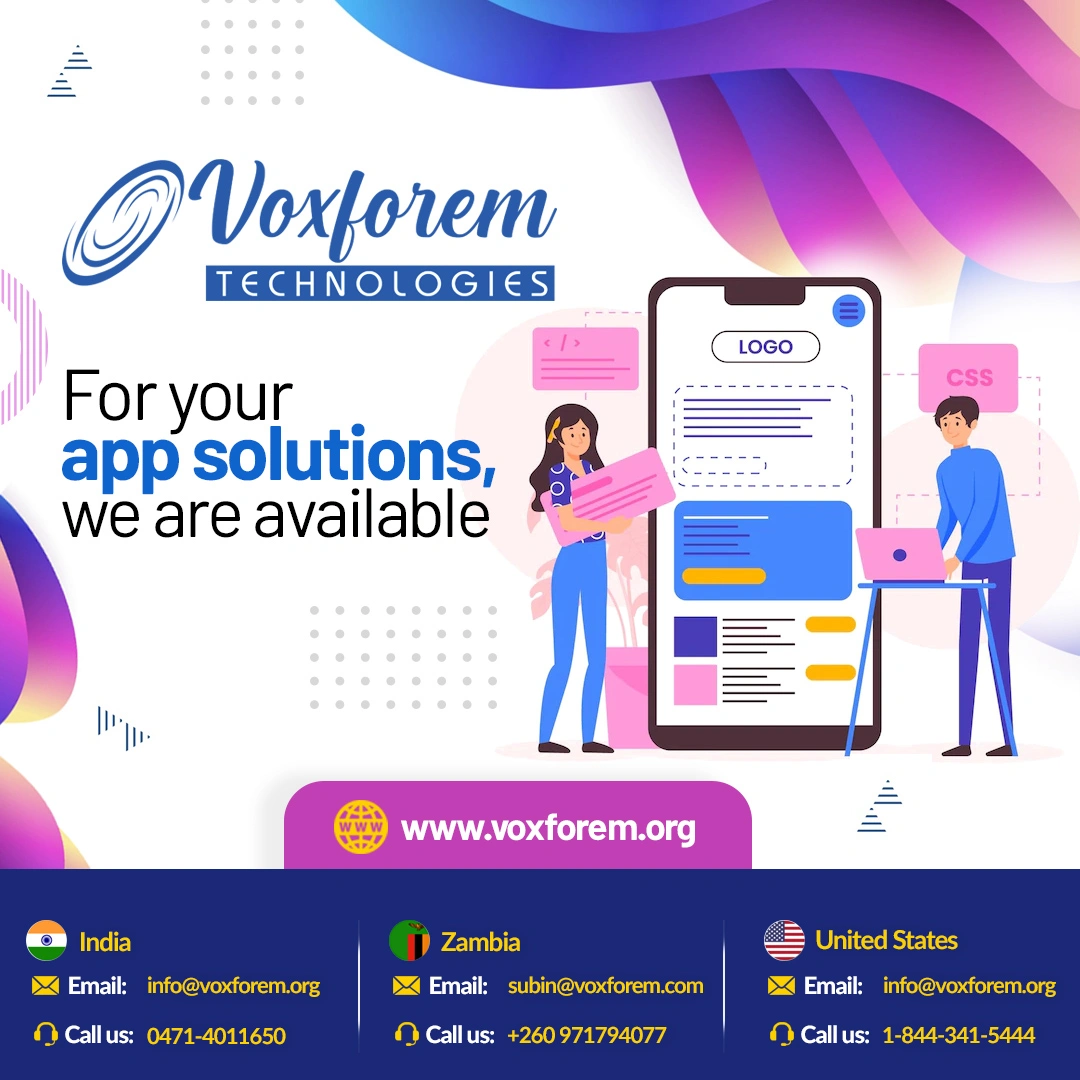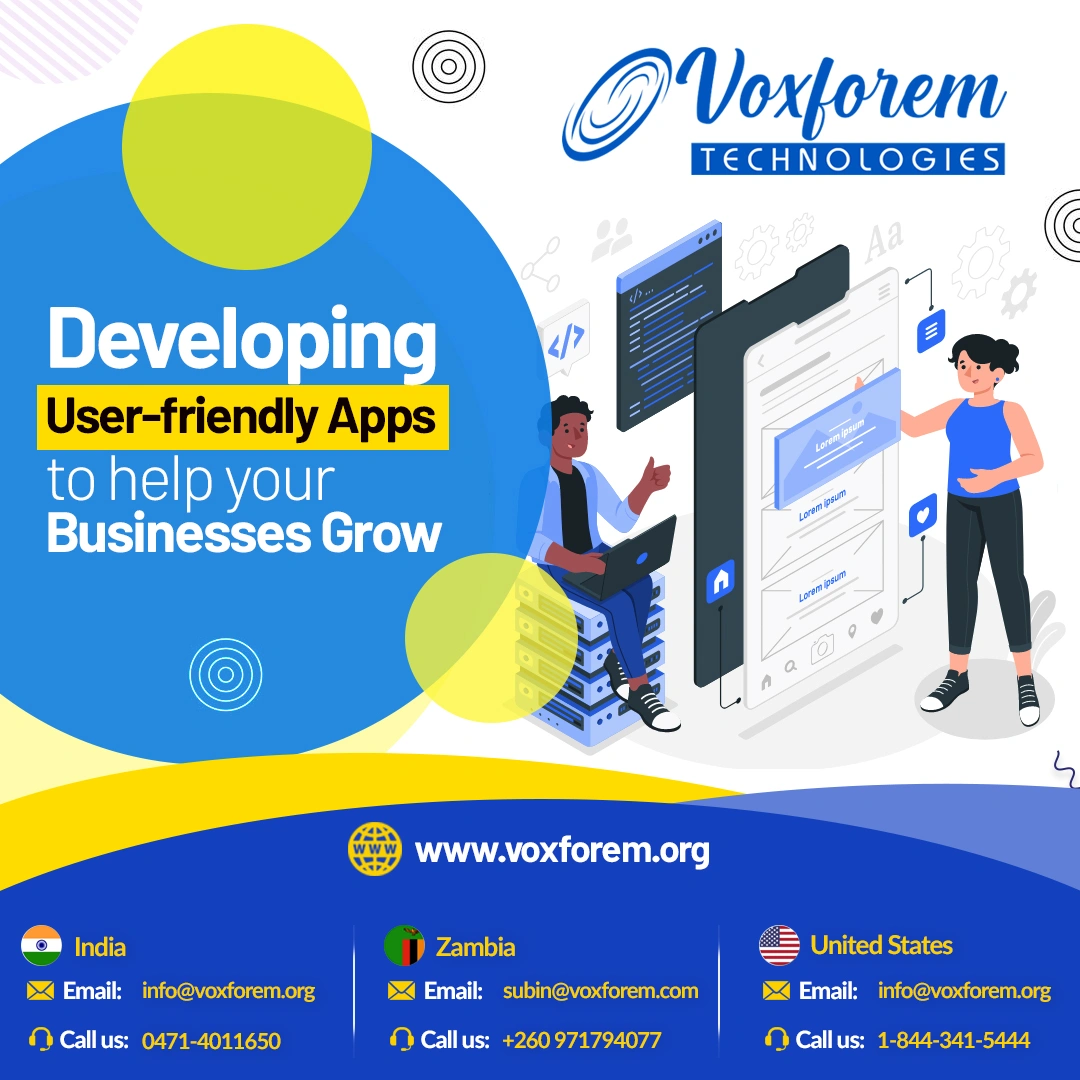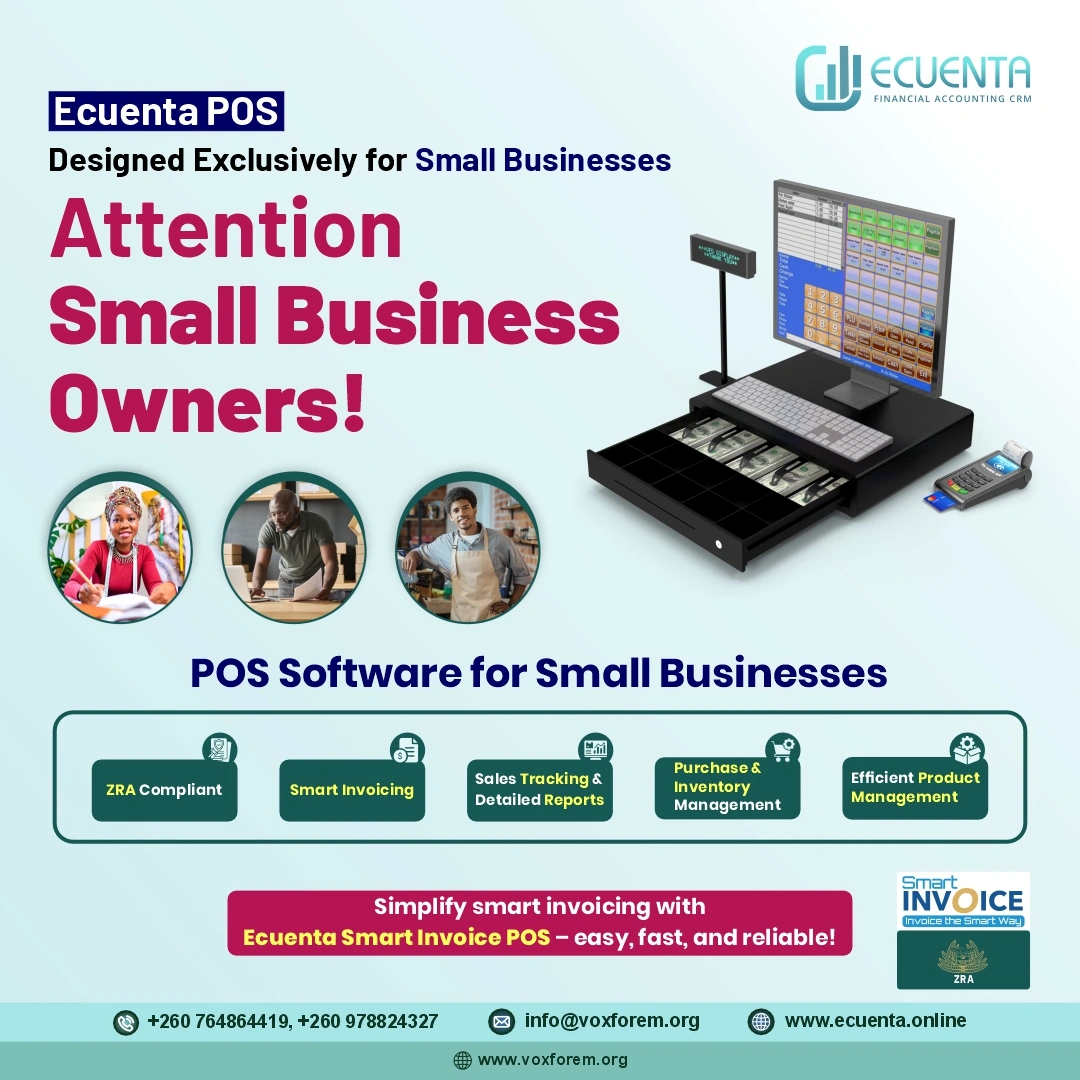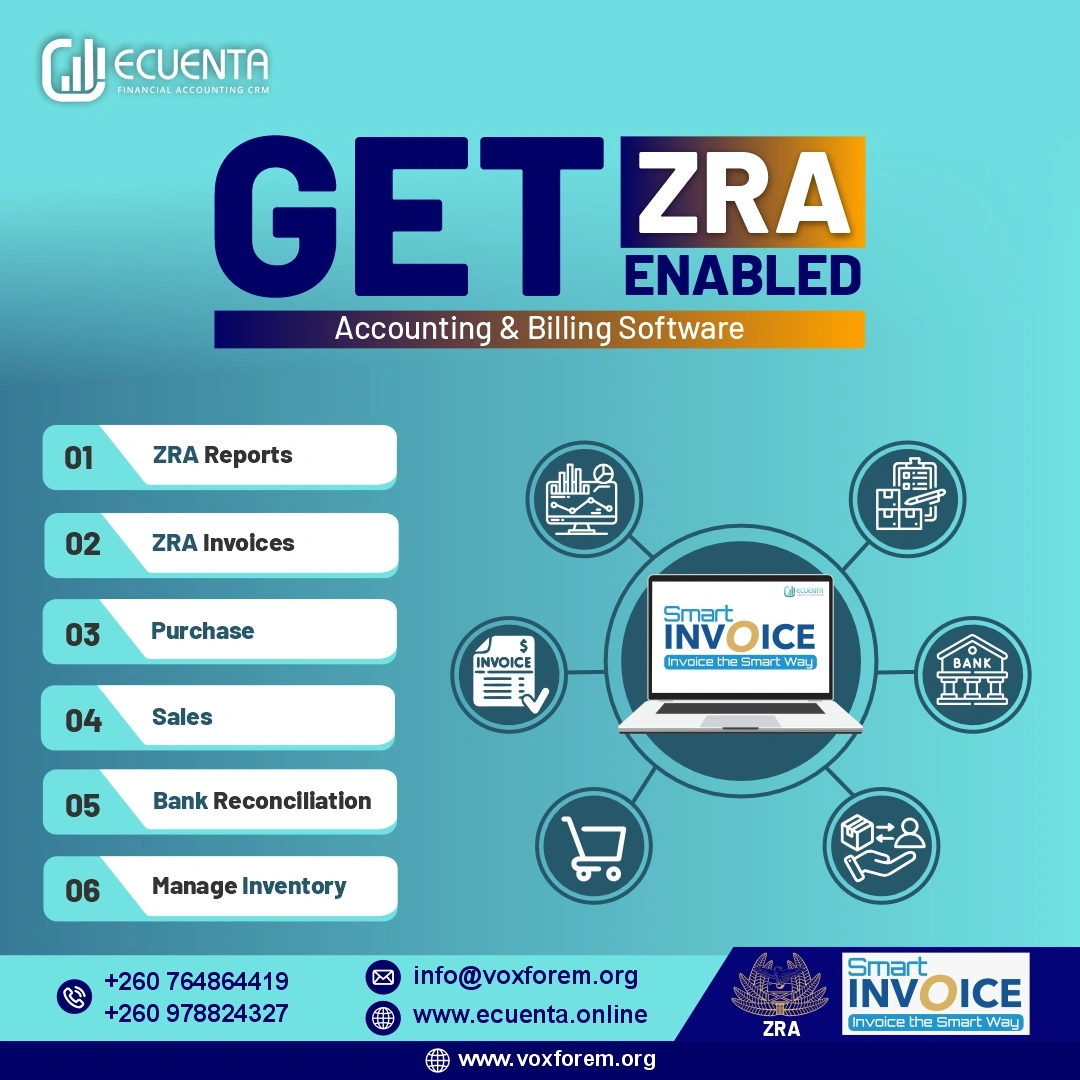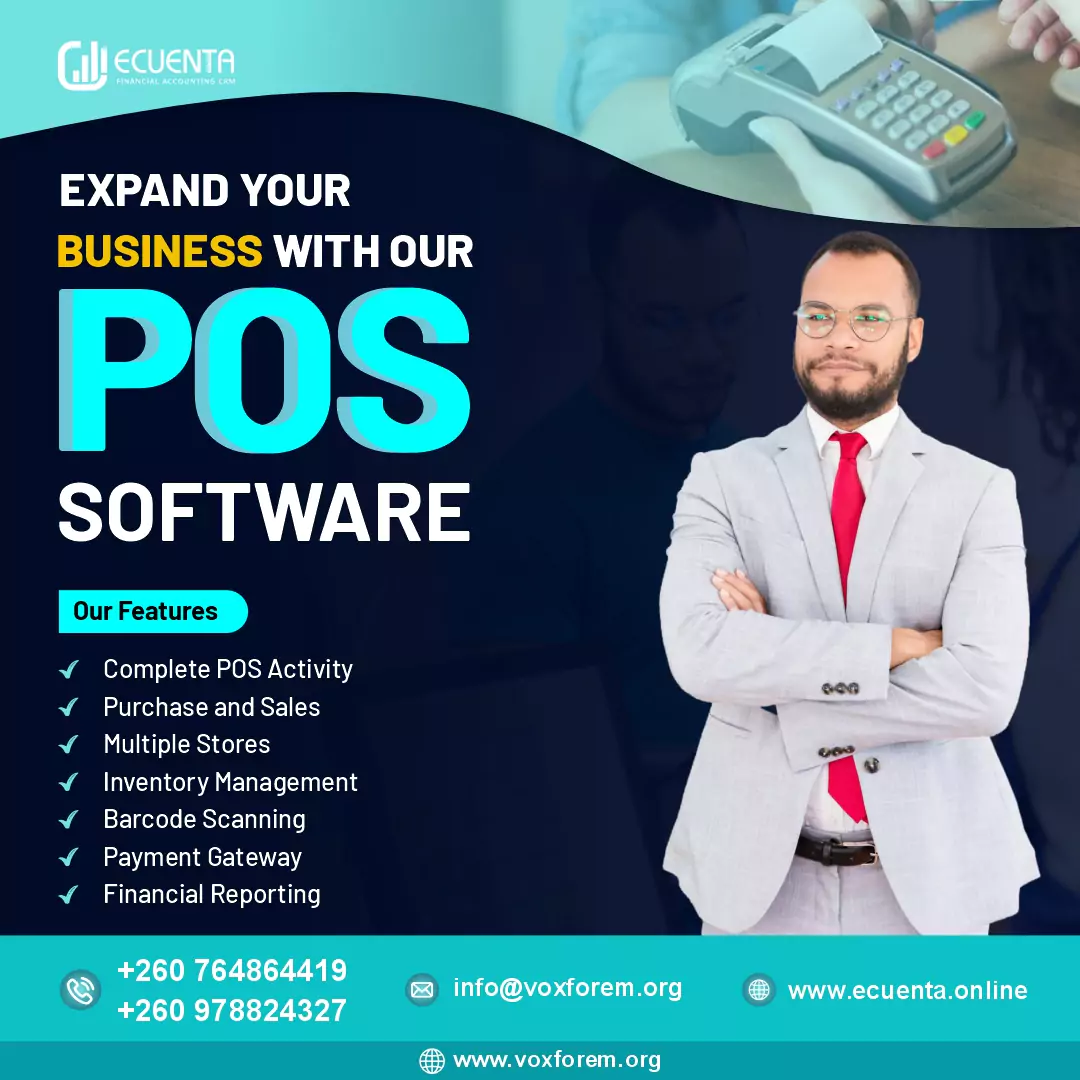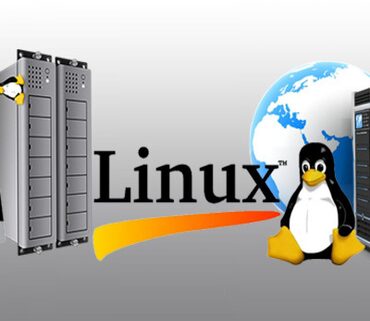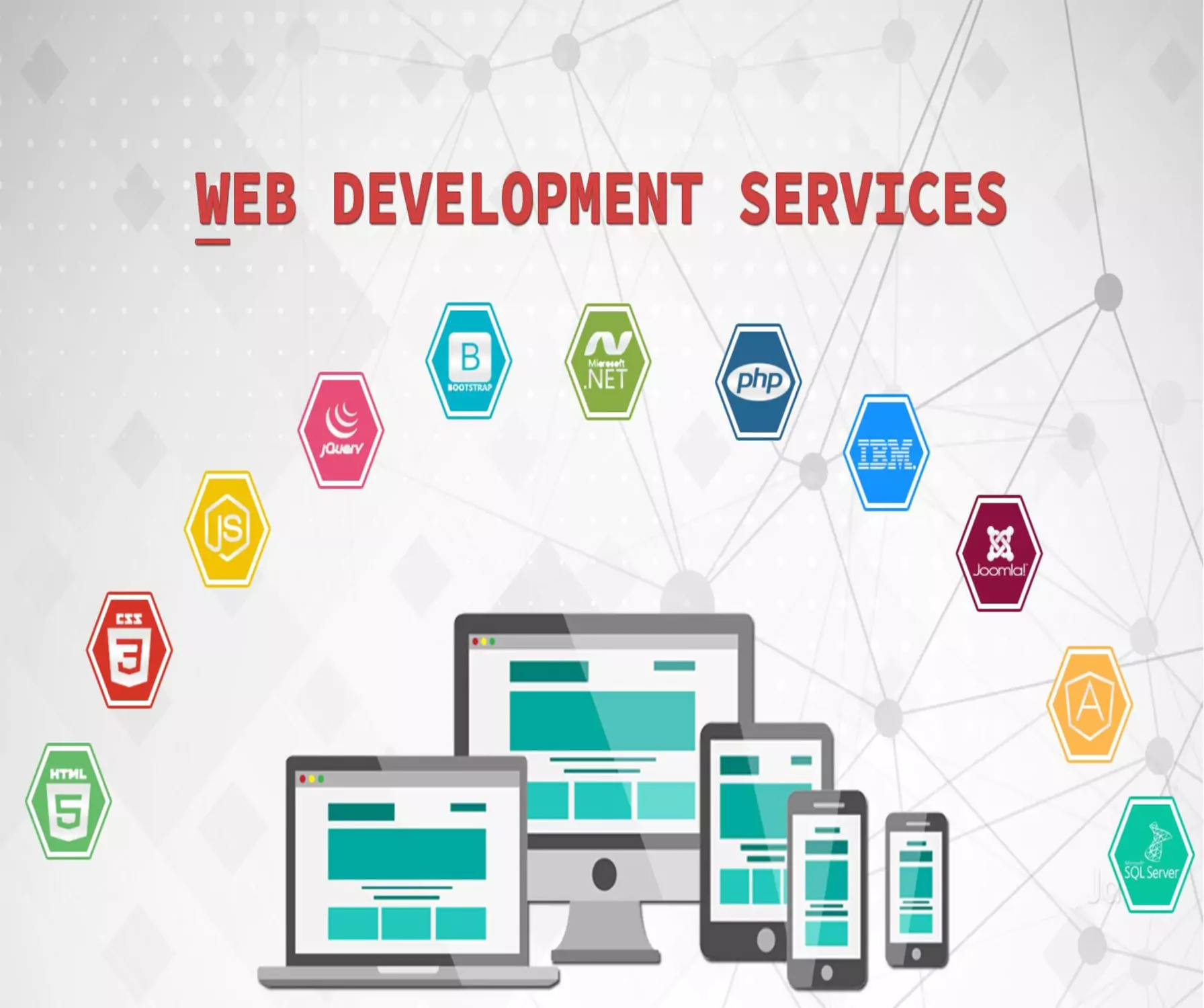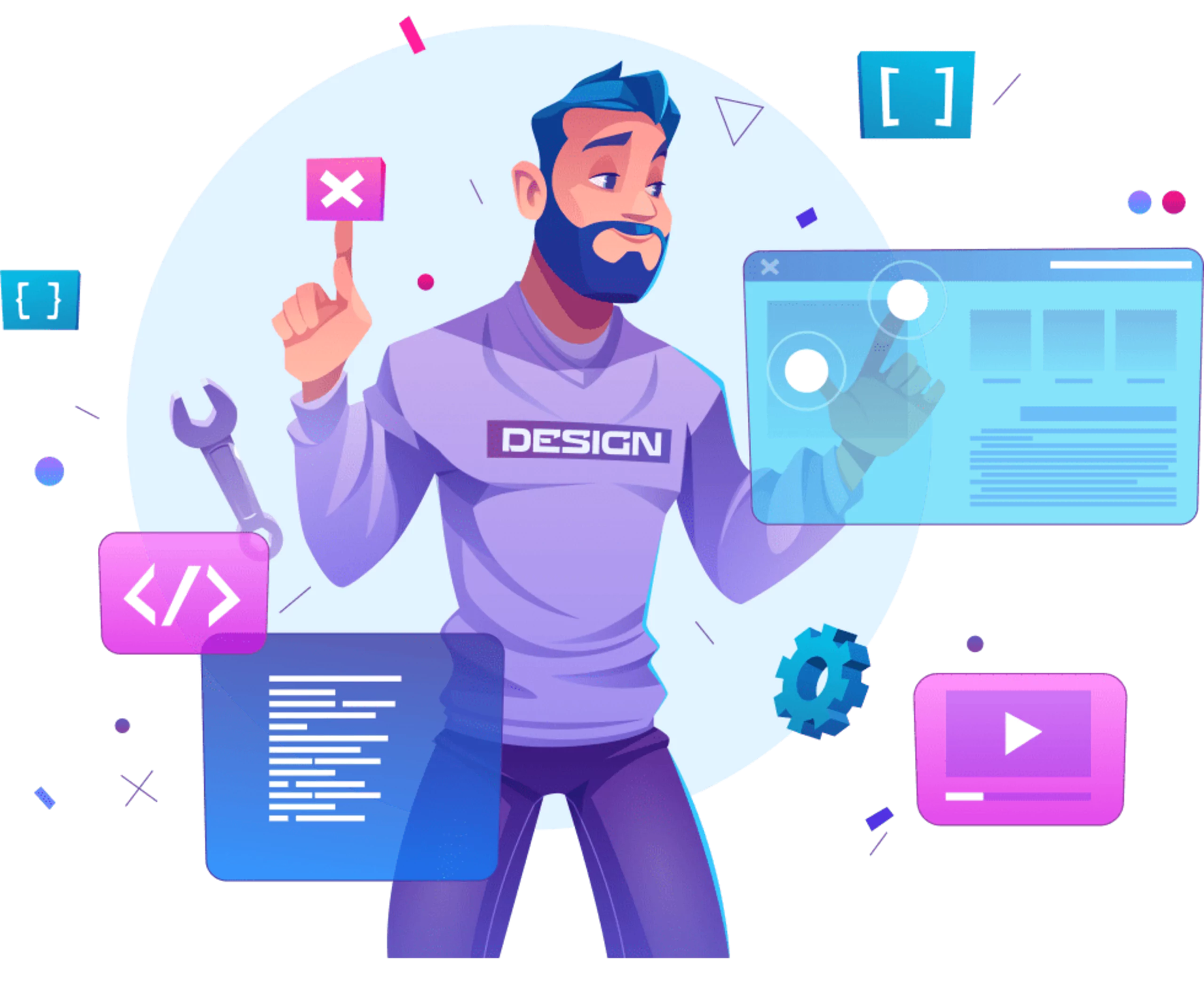ZRA Tax Compliance for ECommerce Businesses in Zambia: A Practical Guide

How the Learning Management System (LMS) benefits both the students and the college?
Course Catalogues
An assortment of accessible courses that participants can peruse and choose from User Dashboard: An individual area where students can monitor their development and access courses
Communication Tools
Functionalities that promote collaboration by enabling learners and instructors to engage
Data analytics
Monitoring and evaluating user progress to assist teachers in improving their methods of instruction
The Functions of an LMS
It's crucial to look at an LMS from the viewpoints of both administrators and users to understand its capabilities fully.
From the user's perspective, navigating an LMS requires multiple steps:
User Registration
Upon first sign-up, users must supply the required information to establish a distinct account that will serve as a record of their learning progress and accomplishments.
Interface Navigation:
Learn the design and find the locations of the courses. They look at where to find classes, how to get resources, and how to get in touch with teachers or other students.
Accessing and Finishing Courses:
Users can continue at their own pace after registering for courses. They finish the courses, modules, and homework within the allotted time.
Assessments and Progress Tracking:
Users use the integrated assessment tools to evaluate themselves. tracking of progress
Impact And Benefits of LMS In Many Industries
Academic institutions are not the only ones that can benefit from using LMS. It has been widely used in a variety of industries, including:
Education:
The system is used by schools, colleges, and universities to administer curricula and provide individualized instruction, which increases student engagement.
Corporate Training:
Companies train staff members through the platform, resulting in a knowledgeable and productive workforce.
Governmental and Non-Religious Institutions:
Through LMS, these organizations can improve efficacy and reach by streamlining operations and training.
The system's adaptability makes it a priceless resource for all of these industries. It's not static, though. Let's examine the present patterns reshaping this environment.
The LMS Landscape's Shaping Trends
It is still evolving, just like any other technology. The following current trends are changing eLearning capabilities and standards:
Mobile Learning:
In response to the increase in smartphone usage, platforms are developing to provide education on the go.
Gamification :
Gamification is the process of adding gaming aspects to educational materials to increase student engagement and interaction.
Artificial Intelligence and Adaptive Learning :
AI customizes content to fit each learner's unique learning preferences and speed. By enabling adaptive learning, which modifies the speed, degree of difficulty, and kind of content based on a learner's success, AI integration with LMS promotes an individualized educational experience.
The LMS market is shaped by these trends, which also affect our selection of the best platform.
Selecting The Correct LMS:
Everything You Should Know Before making your choice, you should carefully consider several crucial factors :
Identify Your Needs :
Whether for corporate, non-profit, or academic use, identify what you need. Putting your goals in writing will help you find the ideal fit.
Consider the Available Options
Evaluate the characteristics, advantages, and disadvantages of various platforms to make comparisons. Make sure to check reviews and get input from existing customers.
Identify the Key Elements
Determine the essential qualities. Emphasize the non-negotiables, such as reliable data analysis tools and mobile accessibility.
The ideal platform fits your needs
needs and is in line with your goals. You may now successfully navigate the world of learning management systems with the help of these insights.
Conclusion
In response to the need for cutting-edge educational solutions that make use of developments in information technology and telecommunications, learning management systems, or LMSs, have evolved. Course management, assessment, learner progress tracking, gradebook, communications, security, and smartphone access are just a few of the features that LMSs offer to facilitate online learning. Future iterations of LMSs are probably going to have tools and features that allow for more customized content for individual students, improve social interactions amongst students who are learning online, and give institutional decision-makers access to more timely and pertinent information.




